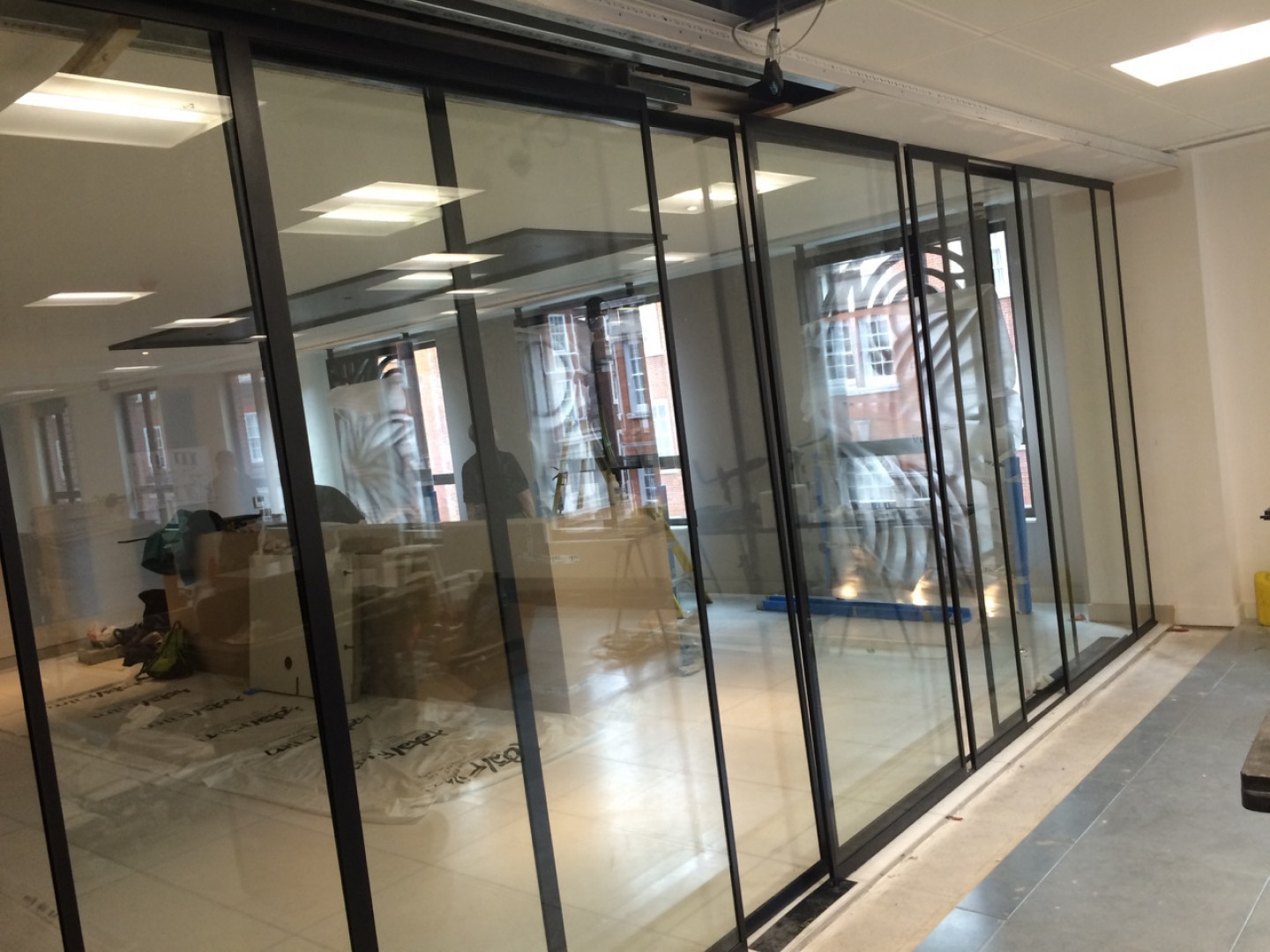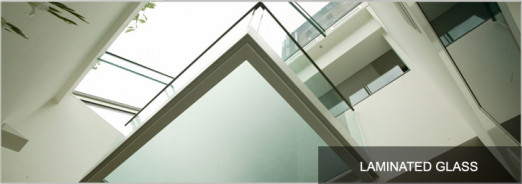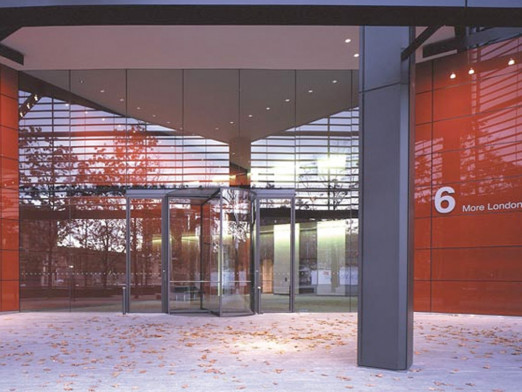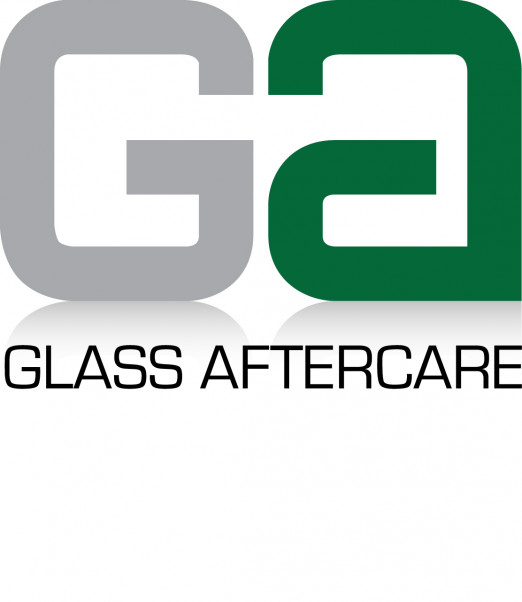GLASS AFTERCARE AND ERREKA FULFIL CHALLENGING PARTITION AND AUTOMATIC SLIDING DOOR PROJECT AT 33 DAVIES STREET
The design and installation of sleek Glass Partitions with wide integrated fully Automatic Sliding Doors at the prestigious 33 Davies Street project in Central London has highlighted the expertise of Glass Aftercare and Erreka, the specialists in all types of automatic pedestrian doors. The design brief for the doors included the provision of high levels of security and integration with glazed partitions and several of the building's communication systems.
The 33 Davies Street building, in an extremely busy Mayfair area of central London, dates back to the eighteenth century and its location together with its narrow access stairs, meant that the installation was inevitably challenging from a logistical viewpoint. It called upon all the experience of Glass Aftercare working alongside Erreka to ensure the successful execution of the project.
Close cooperation was also required with main contractor OD Solutions, working to a very tight schedule to accomplish a major remodelling of the building over three floors including new flooring, ceilings, walls, staircases as well as electrical and plumbing installations.
Working from architectural conceptual drawings, Erreka and Glass Aftercare's specialist design and project management teams ensured the project was completed on time and with full integrity. The design solution included the manufacture of the glass partitions and automatic sliding doors from the same aluminium system, ensuring narrow consistent vertical and horizontal sightlines.
The partitions were designed to allow the doors to slide between them, resulting in a flush neat finish when the doors are in the open position. Both the horizontal rails of the partition and the sliding doors are level, ensuring complete visual integration from door to screen. Attention to visual detail continued at the head, where the integration of two different ceilings – one solid and one suspended - necessitated concealing the overhead motor drives for the doors.
The glass for the project had to be subdivided and built into frames whilst on site. The doors and partitions were installed during the day, evenings and weekends, working in close cooperation with other trades to deliver a truly integrated project on time and to budget.



